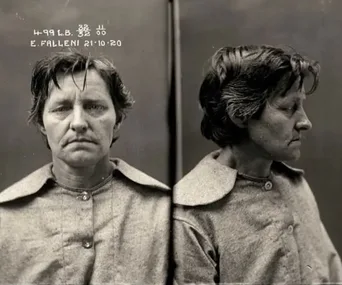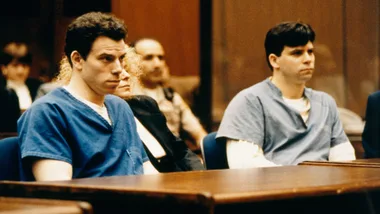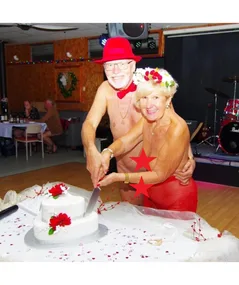The dizzying growth has helped make it almost impossible to experience everything on offer. For starters, there is Dublin’s almost comically packed arts calendar.
Those so inclined could spend almost every evening of the week going to a different writer’s festival: Dublin Book Festival, the Dublin Writers Festival, the Franco-Irish Literary Festival, the Mountains to the Sea Festival — they all happen from April to September.
The Dublin: One City, One Book initiative encourages everyone to read the same book during April. This year it is The Picture of Dorian Grey by Oscar Wilde. Then there’s Bloomsday, on June 16, a day-long celebration of James Joyce’s masterpiece Ulysses — a dressed-up excuse for a “fry” (full Irish breakfast) and a pub-crawl for locals. It also attracts deadly serious Joyce fans from around the world.
The Dublin Theatre Festival in the first two weeks of October is a rival to the Edinburgh Fringe, offering progressive theatre and attracting the likes of Tom Waits and Vanessa Redgrave.
Dublin is one of the world’s best music spots, being an easy add-on for any European and especially UK tour and features such esoteric venues as the lively rock pub Whelan’s, hip-hop centric Crawdaddy, and the U2-friendly Point Depot. There is a millennium of history to consume. The picturesque Trinity College Dublin has stood at the foot of Dame Street since the 16th century, and inside one of the world’s most beautiful libraries you’ll discover the Book of Kells, the New Testament illustrated by Celtic monks some 1200 years ago.
Dublin is a tourist’s dream, so easy to get around. Town centre is just few square kilometers on either side of the River Liffey, and driving is an unnecessary irritation (a one-way system means you basically can’t turn right in Dublin) — the tram, train, or taxi will take you to the few places out of walking distance.
For sightseeing there is a brace of open-air bus tours. The Viking Splash tour offers a difference. It can often be seen tooling around College Green and floating around the newly developed docklands, crammed with zealous kids who, no doubt are as excited by early Irish history as they are by the fact they’re on a bus that also travels by water.
Boat-buses aside, much of what happens in Dublin goes on indoors, a good thing in a city where sunshine is an abstract concept for most of the year. The lively, friendly pubs are too many to list, but among the best is Grogan’s on South William Street, the storied watering hole featured in Flann O’Brien’s classic novel At Swim-Two-Birds.
Esoteric works of art line the walls and, oddly, a large wooden dragon hangs from the ceiling. There is no music, just a wall of sound created by unimpeded chat. The bar does a great line in ham and cheese toasties made with two slabs of white bread — for a perfect combination just add a dab of Keen’s mustard and a pint of stout.
For a hangover cure try a dip at the Forty Foot, a bathing spot in Sandycove at the southern tip of the Dublin Bay. The water is frigid even at the height of summer, but hardy older specimens stand in waist deep with arms crossed and chat away the morning.
If the pub experience leaves you groggy you don’t have to go far for restorative air. Leave Dublin at lunchtime and, travelling either by car, train or bus, you can reach the farthest corners of Ireland by evening. For Cork or Dingle it’s 482km through verdant countryside and Galway on the west coast is half the distance. Across the border in Northern Ireland to County Antrim is the Giant’s Causeway, a collection of ancient basalt columns stretching into the North Sea. According to legend, warrior Finn McCool built it to help him clamber across to clobber the Scots. To fortify yourself against the brisk sea air the Bushmills whiskey factory is just a few kilometres down the road.
The development of a thousand-year-old town is cause for both excitement and regret. The latest of Dublin’s wholesale reinventions involves a once grimy pocket of rough-as-bags early-house pubs and disused warehouses on the south side of town. By March it will have been completely transformed into a world-class theatre district boasting a 2000-seat performing arts centre.
Nearby, down at the water’s edge, stands another piece of history — the disused Boland’s Mill. This handsome and imposing building was once occupied by rebel leader Eamon De Valera during the 1916 Easter Rising. It will soon be a hotel complex. Dublin is on the move — catch it while you can.
Newsletter conversion description. Get the latest in your inbox.

















.png?resize=380%2C285)
.jpg?resize=380%2C285)





















































